The OnePlus 3T Review
by Brandon Chester on November 28, 2016 10:30 AM EST- Posted in
- Smartphones
- OnePlus
- OnePlus 3T
Software
OnePlus phones ship with OxygenOS, which is OnePlus's user interface and apps running on top of Android Marshmallow. Right now the OnePlus 3 runs OxygenOS 3.2.8, and the OnePlus 3T runs OxygenOS 3.5.1. Going forward, OnePlus plans to treat the devices the same as far as software support is concerned, so the versioning should remain consistent between the two once the OnePlus 3 gets updated with a stable build to match the 3T. Until then, there are some software differences that exist between the two phones.
OxygenOS has typically been one of the less intrusive Android skins out there. The OnePlus 3 is definitely not the same Android experience that you get on a Nexus phone, but it's not really that far off. Most applications have the same appearance, with small additions made here and there as required. OnePlus also makes tweaks to areas like the notification shade and the launcher by adding custom screens or buttons to add additional functionality on top of what is already provided by Android.
Left: OxygenOS 3.5.1. Right: OxygenOS 3.2.8
OxygenOS 3.5.1 is a bit heavier with its customizations than previous versions. Many of these changes are purely aesthetic. For example, the color scheme in many core Android apps has been changed, but the actual layout of each application remains unchanged. Calculator is now white and yellow instead of grey and cyan, Messenger has been renamed to Messages and has some layout and color tweaks, and settings has been styled in a different color while also receiving some tweaks to accommodate settings for custom OnePlus features. I honestly don't see anything wrong with these changes, but they do feel a bit arbitrary, as it's not like OnePlus is implementing a unified color scheme across all the apps that have been changed. It feels like differentiation for the sake of differentiation.
One of the notable additions in OxygenOS 3.5.1 is a new weather application. Unfortunately, this app is a prime example of how the new permissions system in Android can still fail miserably. To use the app, you need to give it permission to use your location, to use your phone to make calls, and to access external storage, which in this scenario means to access data outside the application's own data folder. If you deny any of these permissions the app simply closes, and if you tell it not to ask again it actually crashes on start. As far as Android application development goes, this is a terrible way to design an application. The app should always work to some extent if permissions aren't granted, even if the app's only purpose in that state is to display something saying that it can't work correctly because it needs permissions.
I find this to be quite a disappointment, because I actually like the new weather app. It has a simple design, with some cool interactive features like adjusting the weather effects in the UI based on the movement of the phone. However, I don't understand why it needs access to the phone or to external storage, and I don't want to give it my location because I would rather set my city in the app so I don't risk it constantly polling my current location and killing the battery. I hope that in a future update OnePlus can re-architect the app according to proper Android development practices so it can function to some extent regardless of what permissions are given.
OxygenOS 3.5.1 also adds a voice recording app, which suffers from the same permissions issue as the weather app. Setting that aside, it's nice to see OnePlus filling in the gaps where Google and Android don't provide an app for a relatively basic feature that should exist. If I was making recommendations, I would ask for a video app in the next release, which is one of the other areas where Android still has no default solution.
One last thing I wanted to touch on is localization. Obviously when software is developed, it can be localized into different languages for different regions. In the case of devices from Chinese OEMs making their way to English-speaking countries, there can be areas where the translation of things can be questionable. Of course, this will often occur when translating between any two languages, but I can only speak to the cases where something is translated into English.
The reason I bring this up is because there are a few areas in OxygenOS where the verbiage used is pretty iffy, or a direct translation is put in without consideration of its length. For example, the recording application has descriptions of the AAC and WAV formats, and there are a number of oddities in the text. For the description of AAC recording I believe "can meet most of the scene" is meant to mean that the encoding is lossy but generally suitable quality, but I'm honestly not too sure. In the settings app there's a description for opting into telemetry, which is so long that it's actually truncated at the end. The label "The way clear recent apps" also has obvious grammatical issues, and it doesn't follow typical conventions for phrasing sub-menu names.
None of these mistakes present a usability issue in the OS, but they can make certain things confusing for users who don't have existing knowledge to help them figure out the intent of the text in a label or a description. I'm only bringing it up as something that OnePlus should keep an eye on going forward so the software improves. Improving the quality of localizations also helps in making the additions that OnePlus makes to the OS more consistent with the existing content provided by Google, which leads to a higher and more uniform level of quality.



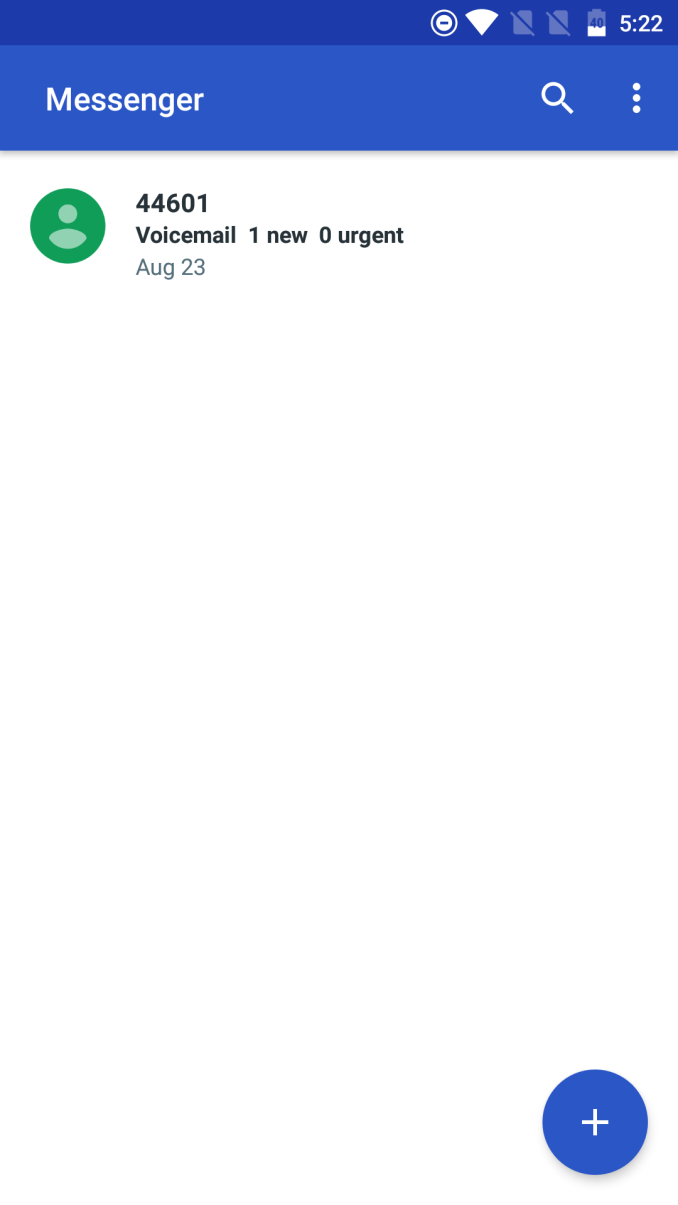
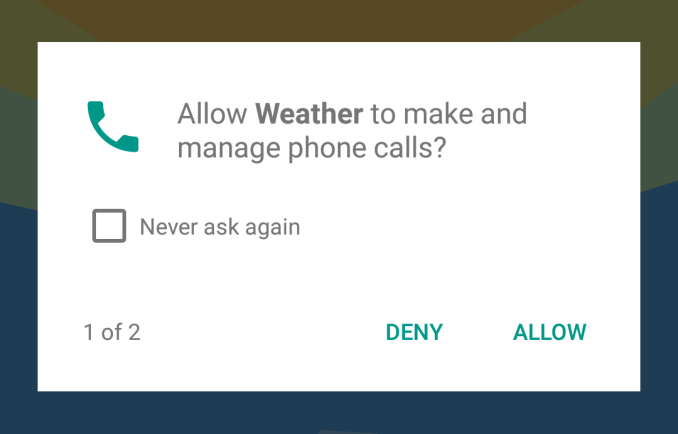
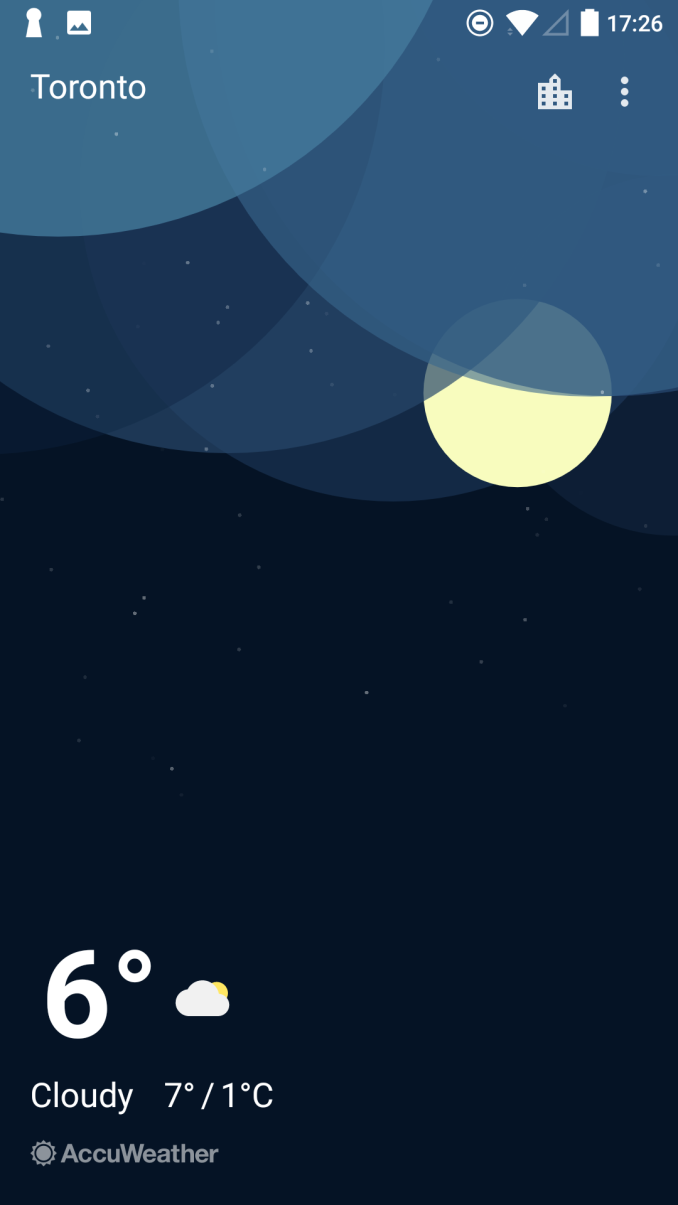
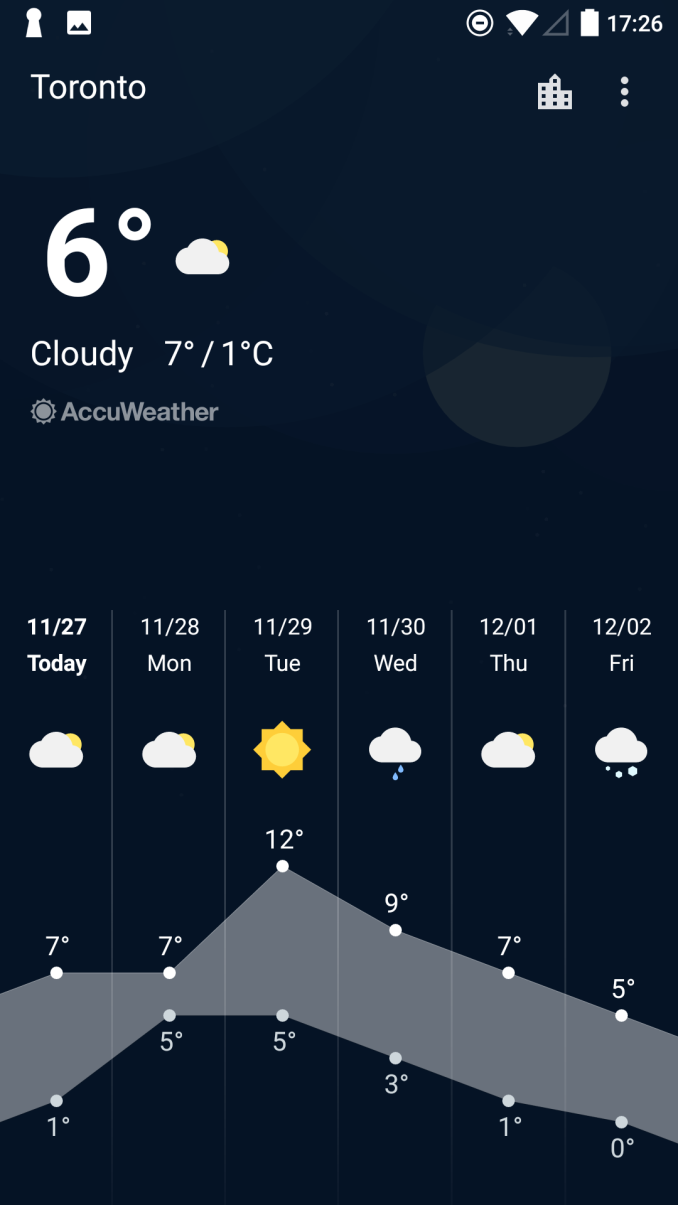

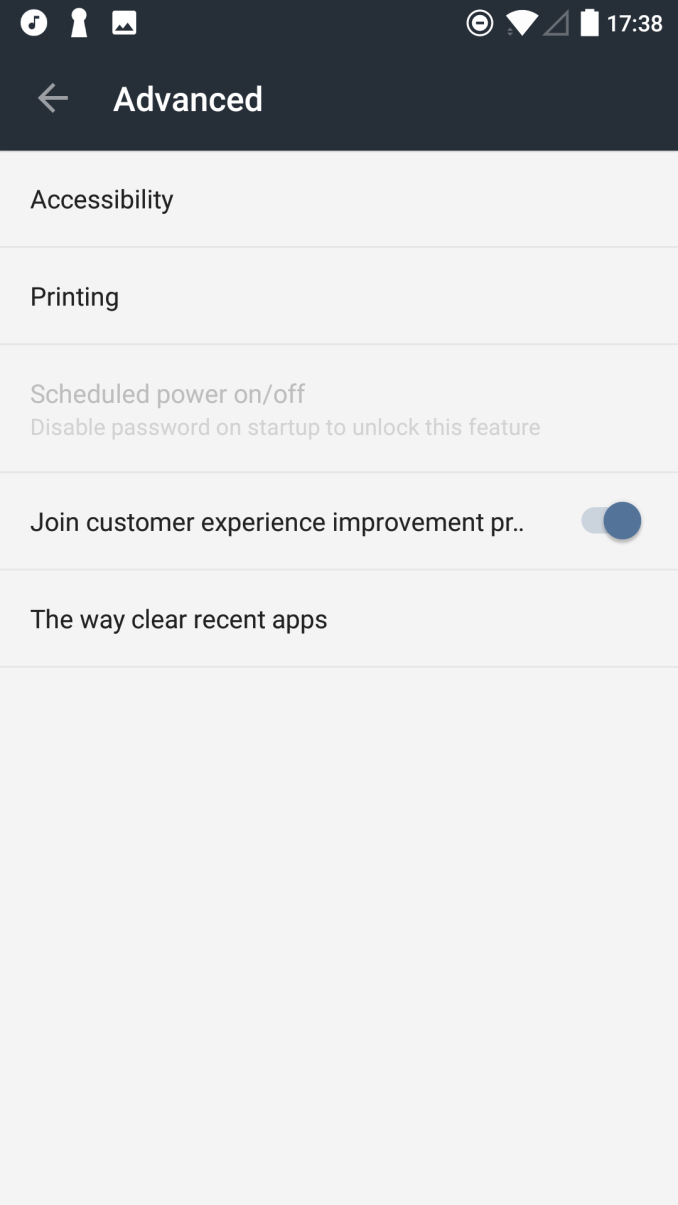








104 Comments
View All Comments
ithehappy - Tuesday, November 29, 2016 - link
I guess I am the lucky one but it has never happened to me. I used Note 2 for 10+ months, Note 3 for almost a year, S2 for 15 months, S4 for 9-10 months, and in none of them there was any sign of any sort of burn in. Now I know that Samsung uses the very best panels when its about their own flagship but still.zepi - Wednesday, November 30, 2016 - link
If you lose 10-20% of max brigtness and your color balance shifts a bit because one sub-pixel loses a fraction of more color than others, you will never see it with naked eye when the change happeng over 12-15 month-period.Actual burn-in... I don't know how easy it is to see that in regular phone. I've seen many samsung phones and tablets (tab s2) with severe burn-in, but those have been on display in stores where they run 24/7 screen in short loops and lots of static images.
ithehappy - Monday, November 28, 2016 - link
Well took a good 20 minutes to read the review in full, thanks a lot for upping this pretty fast.I am just so excited to see the sRGB mode got even more improved than before, that is excellent. Though like you mentioned 1080p Pentile is not particularly good, especially for text rendering.
The camera, that was the main thing they could have changed, I mean the OP3's camera performance isn't really good to my eyes, so they could have tweaked it a bit or something, rather than changing something as stupid as the selfie camera, jeez!
I am still torn between this and Pixel though, damn it.
PS: There is a small typo there by the way, when you said, "The display is essentially the same, although in my case I did see an even higher level of accuracy in the sRGB mode than I did on the OnePlus 3T...."
I am sure you meant OnePlus 3 there.
ikjadoon - Monday, November 28, 2016 - link
"However, it's important to recognize why this is, particularly where write speeds are concerned. Most smartphones we review have either 16GB or 32GB of internal memory. The OnePlus 3 has 64GB, and this OnePlus 3T unit is the flagship 128GB model."Maybe one way to alleviate this issue and to have better informed readers (most of us have read SSD reviews here) is to list the device's capacity in the chart? So that when we compare the speeds, we know we're comparing apples-to-apples, at least in terms of capacity?
mobutu - Monday, November 28, 2016 - link
40bucks for 10-15% more battery life? I'm game.ahtoh - Monday, November 28, 2016 - link
How is the camera?Mikad - Tuesday, November 29, 2016 - link
The camera in on level with Lumia 920. I've changed my phone from Lumia 920 -> LG G3 -> Lumia 950XL -> Nexus 5x -> OnePlus 3 and unfortunately OP3's camera ranks the lowest, equaling 920.In every other way OP3 is the best phone I've used but the camera is a big let down. Especially compared to the 950XL and Nexus 5x.
You can get good pictures if everything is still. But if there is even little movement happening, the pictures are blurry.
solnyshok - Tuesday, November 29, 2016 - link
I am in the market for a new phone. Op3T is good, but S7 Edge 64gb has dropped to 500 Euro in my country. Camera and display are significantly better, CPU perf is on par, and battery life is epic. Considering small price difference, I will probably take S7 Edge.solnyshok - Tuesday, November 29, 2016 - link
oops, I meant 32gb variant. Still, with microsd slot, it is good enough10basetom - Tuesday, November 29, 2016 - link
I've read that they also upgraded the rear lens to Sapphire, which is added to the cost as well.